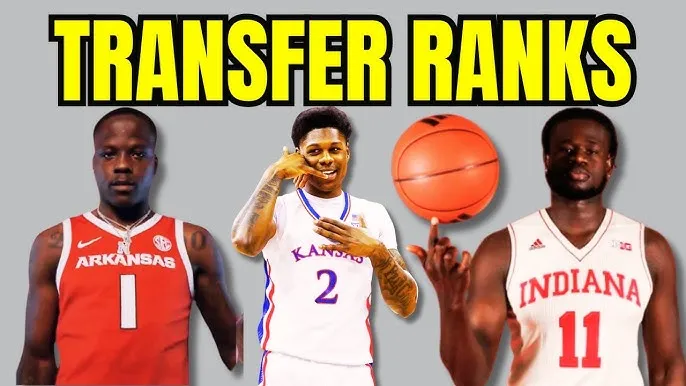Table of Contents
Introduction
In the world of college basketball, the transfer portal has become a game-changer, reshaping how teams are built and how players find their next opportunity. For fans and followers of the sport, the transfer portal might sound like just another piece of basketball jargon, but its impact is anything but ordinary. Simply put, it’s like a shopping mall for college athletes, allowing them to move from one school to another in search of a better fit, more playing time, or a chance to compete at a higher level.
The rise of the transfer portal has turned the offseason into a thrilling time of anticipation and change. Teams are no longer just relying on high school recruits to shape their future; they’re actively seeking out established players who can make an immediate impact. This shift means that every season, teams are revamping their rosters with players who come with valuable experience and a proven track record.
Why does this matter so much? For starters, transfers can fill critical gaps on a team. Maybe a team needs a reliable point guard or a standout shooter—well, the transfer portal might have just the right player to fit those needs. Transfers also bring a level of experience and leadership that can be a game-changer, especially for teams that are trying to break into the upper echelons of their conference or even the nation.
In this piece, we’re diving deep into how some of this season’s top transfers are fitting into their new teams. We’ll break down who these players are, why they decided to make a move, and what kind of impact they’re expected to have. By the end, you’ll have a clear picture of how these new faces could transform their teams and make this season one to remember. So, whether you’re a die-hard basketball fan or just someone who enjoys a good sports story, get ready to see how college basketball’s top transfers are shaking things up!
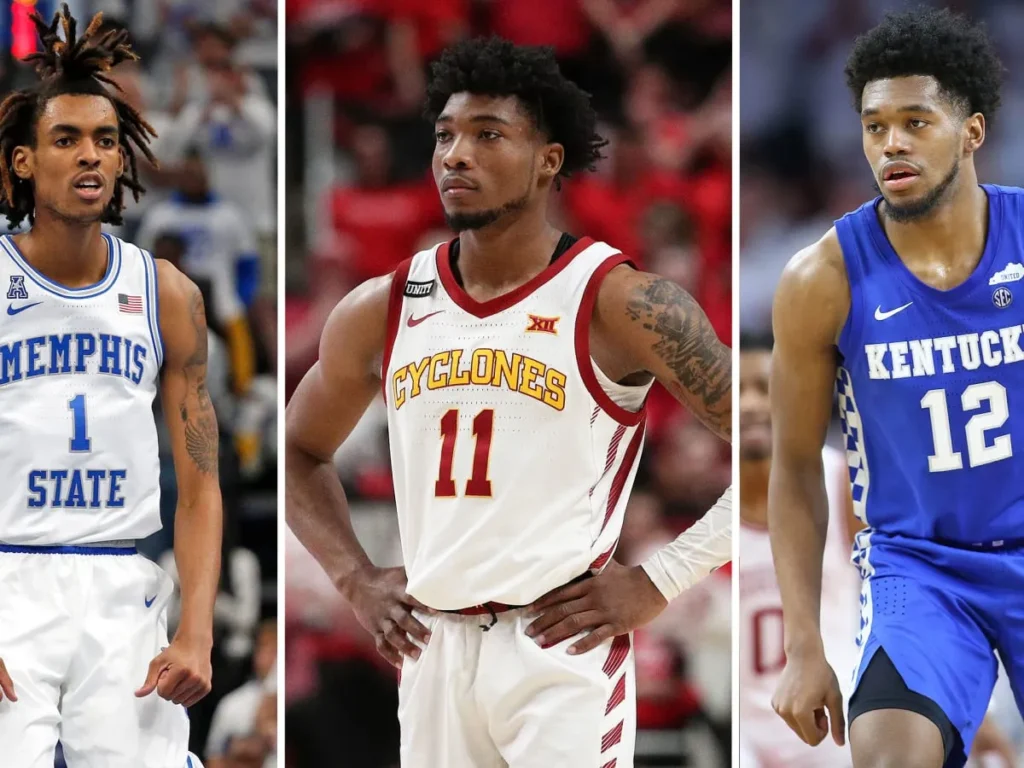
Top Transfers of the Season
Every college basketball season brings a fresh batch of top transfers who make waves with their new teams. These players are like the free agents in professional sports, moving to new programs with hopes of making a big impact. If you’re wondering who the standout transfers are this year and why they’re so important, you’re in the right place.
Player Profiles
Let’s start by getting to know these game-changing transfers. Each player has a unique story—where they’ve come from, what they’ve accomplished, and why they’re making a move. We’ll cover key details like their previous school, the position they play, and standout stats from their time there. Think of this as your cheat sheet to understanding who these players are and what they bring to the table.
Reasons for Transfer
Now, why are these talented athletes switching teams? The reasons can be as varied as the players themselves. Some are looking for more playing time or a bigger role than they had at their old school. Others are chasing the chance to play in a more competitive program or in a different style of play that better suits their skills. And let’s not forget personal reasons—sometimes a transfer is about finding a better fit both on and off the court.
Understanding these motivations helps us grasp how each player’s new journey might unfold. Whether it’s a quest for glory, growth, or a new environment, these transfers are making moves that could significantly impact their new teams. In the following sections, we’ll dive deeper into how these players are expected to fit into their new homes and what their presence could mean for the upcoming season. Get ready to meet the players who might just become the stars of this year’s college basketball scene!
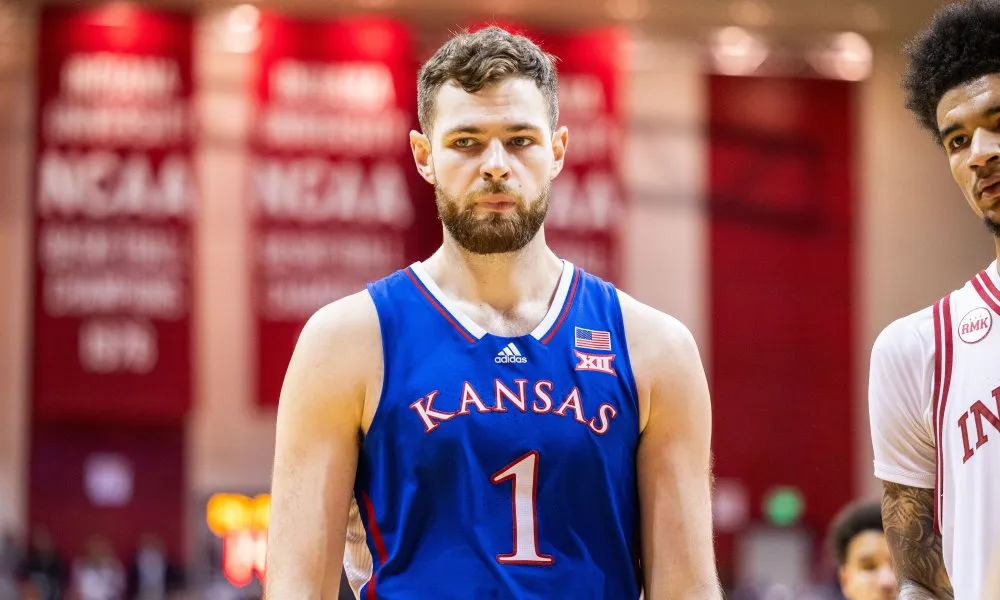
Fit with New Teams
Team Needs and Fit
When top college basketball transfers join new teams, it’s not just about adding a talented player—it’s about how well they fit into their new surroundings. Think of it like a puzzle: each transfer needs to slot in perfectly to complete the picture. Let’s break down how these new additions align with their new teams and what kind of impact they’re expected to make.
Each team has its own set of needs and gaps, and that’s where these transfers come in. Some teams might be lacking a strong defensive player, while others need a sharpshooter who can sink three-pointers. Transfers are often brought in to address these specific needs. We’ll explore how each player is expected to fill these roles and make a difference.
Offensive Impact
For teams struggling to score points, a transfer known for their scoring prowess could be a game-changer. We’ll look at how these players can help boost their new team’s offense, whether it’s through scoring, playmaking, or creating opportunities for teammates.
Defensive Contribution
On the flip side, if a team has been letting too many points slip through, a transfer with a knack for defense could be just what they need. We’ll assess how these new players might strengthen the team’s defense, from locking down opponents to improving rebounding and shot-blocking.
Leadership and Experience
Transfers often come with a wealth of experience and leadership skills. We’ll discuss how these qualities can influence team dynamics, helping younger players develop and steering the team through tough games and high-pressure moments.
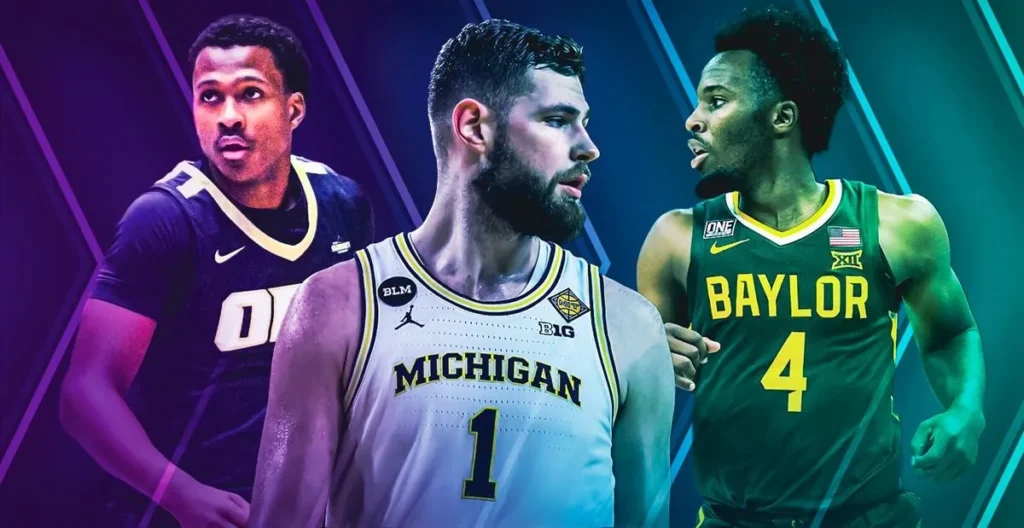
Understanding how these top transfers fit into their new teams gives us a glimpse into how they might change the game this season. Whether they’re stepping up as key contributors or bringing a new level of experience, their integration is crucial for their teams’ success. Stay tuned as we dive deeper into the roles these players will play and the potential challenges they might face as they adjust to their new environments.
Impact on Team Dynamics
The addition of top transfers to college basketball teams isn’t just about improving stats or filling gaps—it also significantly affects team dynamics. These new players can shift the balance of a team in several ways, influencing how the squad gels both on and off the court. Let’s dive into how these transfers are likely to impact their new teams’ chemistry, coaching strategies, and fan expectations.
Team Chemistry
Bringing in high-profile transfers like Khalifa Diop from UNLV or Marcus Sasser from Houston can dramatically alter a team’s chemistry. These players are often seen as immediate game-changers, and their integration into the squad can create both excitement and potential tension. New arrivals can shake up existing player relationships and roles, requiring time for the team to find a new balance. For example, Diop’s strong defensive skills might complement an offensive powerhouse like Tyler Kolek from Marquette, but it will also require both players to adapt to each other’s playing styles.
Coaching Strategies
Coaches like John Calipari at Kentucky or Mike Krzyzewski at Duke must adjust their game plans to make the most of their new talent. Transfers often bring specific skills that can enhance a team’s strengths or address weaknesses. For instance, if a coach brings in a player like Emoni Bates from Eastern Michigan, known for his scoring ability, they might redesign their offensive strategies to capitalize on Bates’ skills. This adaptation can be crucial in making sure the team functions optimally with its new lineup.
Fan Expectations
The arrival of top transfers can also heighten fan expectations. When a well-known player like Hunter Dickinson from Kansas joins a team, fans often have high hopes for a successful season. This increased attention can bring a lot of enthusiasm but also adds pressure on the team and the new players to deliver. The buzz around Dickinson’s potential impact at his new school will likely shape fan engagement and the overall atmosphere at games.
Long-Term Implications
The impact of top transfers goes beyond just one season. These moves can have lasting effects on both the individual players and their new programs. Let’s explore how these transfers might shape the future of college basketball through recruiting trends, program development, and overall team success.
Recruiting Trends
The success of top transfers can set new trends in recruiting. When players like Caleb Love, who transferred from North Carolina to Arizona, excel in their new roles, it can encourage more athletes to explore the transfer portal. Successful transfers can also influence high school recruits, who might see the potential benefits of joining programs known for effectively integrating transfer talent. This shift can lead to more dynamic rosters and a more competitive landscape in college basketball.
Program Development
For programs like Michigan State, which welcomed former Illinois star Terrence Shannon Jr., the impact of a top transfer can be significant for long-term development. A successful transfer can help elevate a program’s status, attract additional talent, and build a winning culture. This can also influence how programs approach their future recruiting strategies, balancing high school recruits with transfer acquisitions to strengthen their rosters.
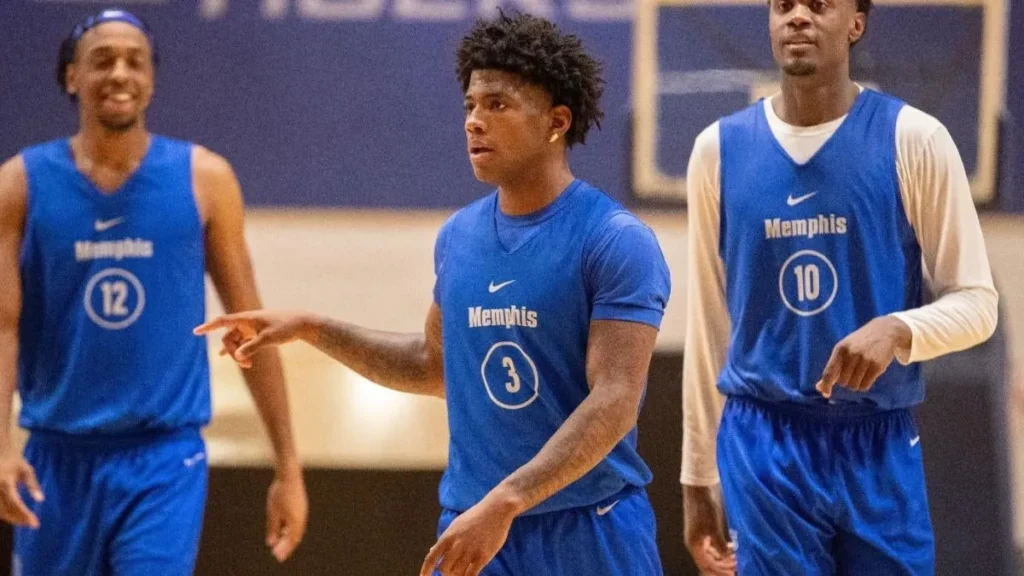
Program Success
Top transfers like A.J. Griffin, who moved from Duke to a new program, can play a crucial role in a team’s long-term success. Their performance not only affects the current season but also shapes the team’s prospects for future years. A standout transfer can lead to improved performance in subsequent seasons, helping the team secure better recruits and maintain a competitive edge. The ripple effect of a successful transfer extends beyond immediate results, contributing to sustained success and growth for the program.
Conclusion
As college basketball continues to evolve, the role of top transfers becomes increasingly significant. These players aren’t just filling roster spots—they’re shaping the future of their new teams and the sport itself. From how they fit into their new squads to the broader impacts on team dynamics and recruiting trends, the arrival of these transfers marks a pivotal moment in the season.
To wrap things up, we’ve seen how top transfers like Hunter Dickinson and Caleb Love are expected to make substantial contributions to their new teams. Whether it’s boosting offensive capabilities, solidifying defense, or bringing leadership and experience, these players are key to their teams’ success. Their integration into new systems and the adjustments required will be closely watched, as their performances could determine not only the immediate outcomes but also long-term program development.
The ripple effects of these transfers extend beyond the current season. Successful transfers can shift recruiting strategies, influence how programs build their future teams, and set new standards for what’s possible in college basketball. Fans and analysts alike will be keeping a close eye on how these players adapt and thrive, as their impact will shape the landscape of the sport for years to come.
As we move forward, it’s clear that the influence of top transfers is a powerful force in college basketball. Their ability to transform teams and drive success is a testament to the dynamic and ever-changing nature of the sport. Keep watching as these players make their mark and redefine what’s possible on the court.




